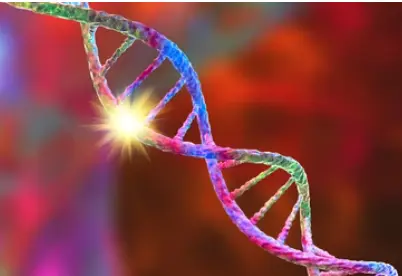 Welcome
Welcome
“May all be happy, may all be healed, may all be at peace and may no one ever suffer."
Chronic venous disease - Generics
Chronic venous disease (CVD) refers to a group of disorders that affect the veins in the legs and feet, resulting in impaired blood flow back to the heart. CVD is a common condition that affects up to 50% of adults over the age of 50. It is caused by damage or dysfunction of the valves in the veins, which normally help to keep blood flowing in the right direction.
The most common form of CVD is chronic venous insufficiency (CVI), which occurs when the veins are unable to pump blood effectively back to the heart. This can cause blood to pool in the veins, leading to symptoms such as leg swelling, pain, and skin changes. Varicose veins, which are enlarged and twisted veins near the surface of the skin, are a common sign of CVI.
Another form of CVD is deep vein thrombosis (DVT), which occurs when a blood clot forms in the deep veins of the legs. DVT can be a serious condition, as the clot can break free and travel to the lungs, causing a pulmonary embolism.
Risk factors for CVD include age, family history, obesity, pregnancy, and a sedentary lifestyle. Symptoms of CVD may include leg pain or cramping, swelling, skin discoloration or thickening, and varicose veins. Diagnosis is typically made through a physical examination and ultrasound imaging.
Treatment for CVD may involve lifestyle modifications, such as regular exercise and weight loss, as well as compression stockings and medications to improve blood flow. In severe cases, procedures such as vein ablation or surgical intervention may be necessary.
Overall, early recognition and treatment of CVD can help to prevent complications and improve quality of life for those affected.

Pneumococcal meningitis

Aggression

Wiskott-Aldrich syndrome

Anal or vulvar pruritus

Lyme disease

Bone malignancies

Gastroenteritis

Cerebral oedema
Chronic venous disease, দীর্ঘস্থায়ী শিরা রোগ
To be happy, beautiful, healthy, wealthy, hale and long-lived stay with DM3S.